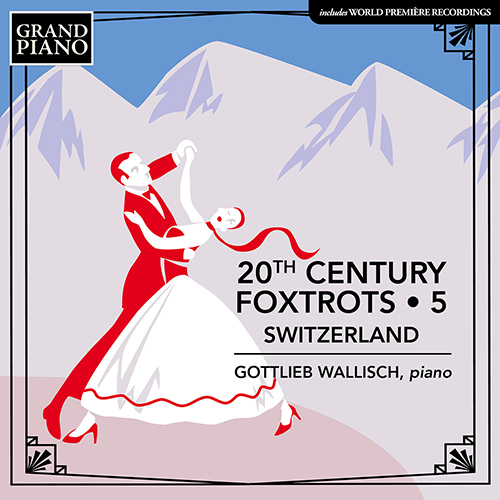
About this Release
“An entire album within the frame of "20th Century Foxtrots" dedicated to a relatively small country might come as a surprise for many listeners. But Switzerland with its many talented composers from the 20th century turned out to be a real treasure chest for this ongoing project. I’m very excited to present Vol. 5 with almost exclusively world premiere recordings of Swiss foxtrots, tangos, blues, etc… This album is full of musical treasures and delicacies, coming from the heart of Europe! My highlights are the three rediscovered pieces by Marguerite Roesgen-Champion and Julien-François Zbinden’s highly compelling Jazz-Sonatina from 1949.” — Gottlieb Wallisch
20TH CENTURY FOXTROTS • 5
Switzerland
- Gottlieb Wallisch, piano
This acclaimed edition covering the early 20th century’s fashionable wave of hot dance music from America into Europe now takes us to Switzerland. One luxury hotel owner was able to boast that ‘only here, and at the Savoy Hotel in London, can you hear real jazz’. The trend for hotel bands spread its influence to all corners of ‘light’ and ‘classical’ musical culture, and Switzerland, as a popular destination for international travel, became an epicentre for this worldwide dance fever. 20th Century Foxtrots • 5 presents more evocative piano rarities from this Golden Age, performed with panache and grace by Gottlieb Wallisch.
Tracklist
|
Moeschinger, Albert
|
|
1
Tallula, eine Foxtrott-Fantasie (1943) (00:03:59)
|
|
2
Farewell Blues (1920) (00:03:46)
|
|
Berr, José
|
|
3
Marie, Foxtrot (1924) (00:01:46)
|
|
4
One-Step über 2 Schweizermelodien, "Der Schweizerknabe - Thurgauerlied" (1926) (00:01:50)
|
|
Lang, Walter
|
|
5
Olé olé!: Sueños de España, 3 preisgekrönte Tänze: No. 2. Dolderilla Fox-Trot (Charleston) (1928) (00:01:55)
|
|
Beck, Conrad
|
|
2 Tanzstücke (1928) (00:07:00 )
|
|
6
No. 1. Boston (abridged version) (00:01:46)
|
|
7
No. 2. Foxtrot (00:02:51)
|
|
Marescotti, André-François
|
|
8
Esquisses, Series 1: No. 3. Nègre au clair de lune (1924) (00:01:57)
|
|
Esquisses, Series 2 (1925) (00:03:00 )
|
|
9
No. 1. Virtuose de rue (00:01:06)
|
|
10
No. 2. Bluette (00:00:56)
|
|
11
Croquis, Series 1: No. 1. Blue Girls (1944) (00:01:22)
|
|
Flury, Richard
|
|
12
Halottria-Fox-Trot, "Fox-Trot No. 1" (1929) (00:02:32)
|
|
13
Fox-Trot No. 2 (1929) (00:02:12)
|
|
14
Die alte Truhe: Tango (arr. U.J. Flury for piano) (1945) (00:01:52)
|
|
Burkhard, Paul
|
|
15
Slow-Fox (1930) (00:01:26)
|
|
16
Tango for Piano (1934) (00:03:04)
|
|
Mieg, Peter
|
|
La fête de la ligne (1935) (00:04:00 )
|
|
17
English Valtz (00:01:57)
|
|
18
Tango (00:01:33)
|
|
Jaques-Dalcroze, Émile
|
|
19
3 Entrées dansantes: No. 3. Le fox-trot angoissé (1924) (00:02:17)
|
|
Honegger, Arthur
|
|
20
Marthe Richard au service de la France, H. 110: Tango de Charlotte (version for piano) (1937) (00:01:41)
|
|
Le journal tombe à 5 heures, H. 156 (version for piano) (1942) (00:07:00 )
|
|
21
Blues (00:01:43)
|
|
22
Villa Rabaud (00:02:26)
|
|
23
Tango (00:02:32)
|
|
Roesgen-Champion, Marguerite
|
|
4 Petites pièces (1946) (00:03:00 )
|
|
24
No. 1. Jimmy-Blue (00:02:12)
|
|
25
No. 2. Daisy (00:01:13)
|
|
26
Tango (1937) () (00:02:45)
|
|
Gerber, René
|
|
27
6 Pieces, Book 4: No. 1. Slow-fox (1955) (00:01:39)
|
|
Zbinden, Julien-François
|
|
Jazz-Sonatine, Op. 11 (1950) (00:09:00 )
|
|
28
I. Blues (00:05:31)
|
|
29
II. Improvisation (00:03:41)
|
|
Flury, Urs Joseph
|
|
30
Promenaden-Suite: VIII. Foxtrot (version for piano) (1987) (00:01:31)
|
The Artist(s)
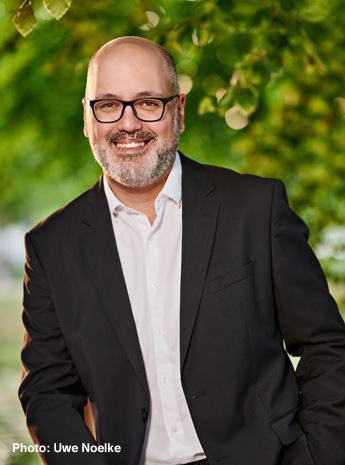 Born in Vienna, Gottlieb Wallisch first appeared on the concert platform when he was seven years old, and at the age of twelve made his debut in the Golden Hall of the Vienna Musikverein. A concert directed by Yehudi Menuhin in 1996 launched Wallisch’s international career: accompanied by the Sinfonia Varsovia, the seventeen-year-old pianist performed Beethoven’s ‘Emperor’ Concerto.
Since then Wallisch has received invitations to the world’s most prestigious concert halls and festivals including Carnegie Hall in New York, Wigmore Hall in London, the Cologne Philharmonie, the Tonhalle Zurich, the NCPA in Beijing, the Ruhr Piano Festival, the Beethovenfest in Bonn, the Festivals of Lucerne and Salzburg, December Nights in Moscow, and the Singapore Arts Festival. Conductors with whom he has performed as a soloist include Giuseppe Sinopoli, Sir Neville Marriner, Dennis Russell Davies, Kirill Petrenko, Louis Langrée, Lawrence Foster, Christopher Hogwood, Martin Haselböck and Bruno Weil.
Orchestras he has performed with include the Vienna Philharmonic and Vienna Symphony Orchestras, the Royal Liverpool Philharmonic, the Gustav Mahler Youth Orchestra, the Frankfurt Radio Symphony, the Festival Strings Lucerne, the Franz Liszt Chamber Orchestra in Budapest, the Musica Angelica Baroque Orchestra in Los Angeles, and the Stuttgart Chamber Orchestra.
Born in Vienna, Gottlieb Wallisch first appeared on the concert platform when he was seven years old, and at the age of twelve made his debut in the Golden Hall of the Vienna Musikverein. A concert directed by Yehudi Menuhin in 1996 launched Wallisch’s international career: accompanied by the Sinfonia Varsovia, the seventeen-year-old pianist performed Beethoven’s ‘Emperor’ Concerto.
Since then Wallisch has received invitations to the world’s most prestigious concert halls and festivals including Carnegie Hall in New York, Wigmore Hall in London, the Cologne Philharmonie, the Tonhalle Zurich, the NCPA in Beijing, the Ruhr Piano Festival, the Beethovenfest in Bonn, the Festivals of Lucerne and Salzburg, December Nights in Moscow, and the Singapore Arts Festival. Conductors with whom he has performed as a soloist include Giuseppe Sinopoli, Sir Neville Marriner, Dennis Russell Davies, Kirill Petrenko, Louis Langrée, Lawrence Foster, Christopher Hogwood, Martin Haselböck and Bruno Weil.
Orchestras he has performed with include the Vienna Philharmonic and Vienna Symphony Orchestras, the Royal Liverpool Philharmonic, the Gustav Mahler Youth Orchestra, the Frankfurt Radio Symphony, the Festival Strings Lucerne, the Franz Liszt Chamber Orchestra in Budapest, the Musica Angelica Baroque Orchestra in Los Angeles, and the Stuttgart Chamber Orchestra. The Composer(s)
 The Zurich-born Paul Burkhard composed foxtrots and tangos as a kind of preparation, if one can call it that, for his real career as an author of operettas and musical comedies, some of which were enormously successful in the German-speaking world.
The Zurich-born Paul Burkhard composed foxtrots and tangos as a kind of preparation, if one can call it that, for his real career as an author of operettas and musical comedies, some of which were enormously successful in the German-speaking world. 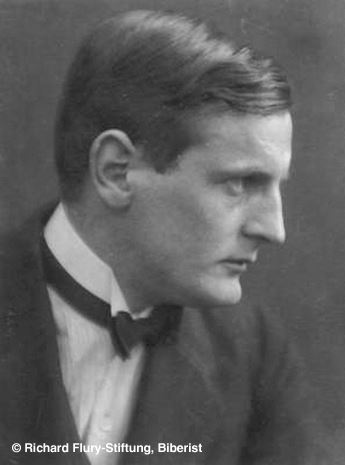 The violinist: Richard Flury was a composer with a neo-Romantic bent but with a penchant for unexpected rhythmic developments.
The violinist: Richard Flury was a composer with a neo-Romantic bent but with a penchant for unexpected rhythmic developments. 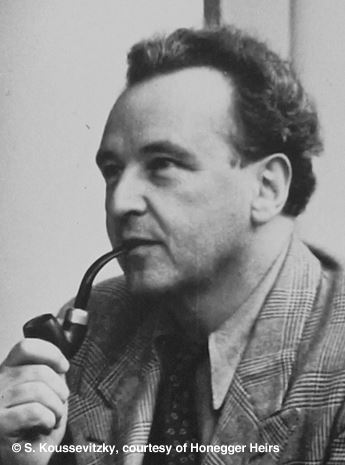 Swiss by nationality, Arthur Honegger was born and died in France, and was for a time associated with the group of Paris composers known as Les Six, although they were not bound together by ideals such as those of The Five in 19th-century Russia. Honegger was a prolific composer in many genres, writing for the theatre and concert hall, as well as for the cinema.
Swiss by nationality, Arthur Honegger was born and died in France, and was for a time associated with the group of Paris composers known as Les Six, although they were not bound together by ideals such as those of The Five in 19th-century Russia. Honegger was a prolific composer in many genres, writing for the theatre and concert hall, as well as for the cinema.  Peter Mieg was a composer and painter from Lenzburg, Argovia. Mieg’s music is a personal form of neo-Classicism, where his Parisian training is evident, to which he also owes his friendship with Arthur Honegger, Alexander Tcherepnin and Bohuslav Martinů.
Peter Mieg was a composer and painter from Lenzburg, Argovia. Mieg’s music is a personal form of neo-Classicism, where his Parisian training is evident, to which he also owes his friendship with Arthur Honegger, Alexander Tcherepnin and Bohuslav Martinů. 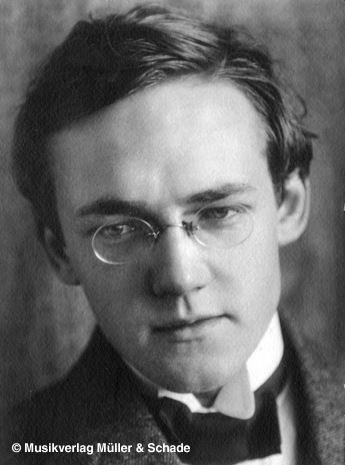 Born in Basel, a pupil of Paul Graener in Leipzig and Walter Courvoisier in Munich, Albert Moeschinger worked a few seasons as a pianist in cafés in various locations, including the Kleine Scheidegg opposite the Eiger.
Born in Basel, a pupil of Paul Graener in Leipzig and Walter Courvoisier in Munich, Albert Moeschinger worked a few seasons as a pianist in cafés in various locations, including the Kleine Scheidegg opposite the Eiger. 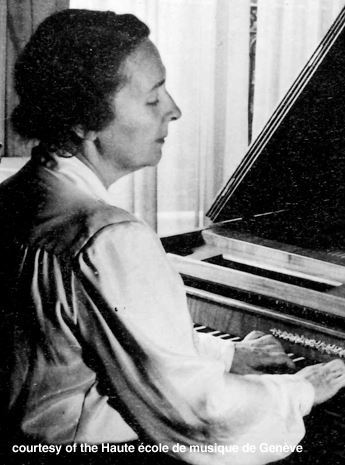 Marguerite Roesgen-Champion was a pupil of Émile Jaques-Dalcroze and Ernst Bloch in Geneva, but made a career in Paris, where she moved in 1926, active as a teacher and instrumentalist (both harpsichordist and pianist). Perhaps the first Swiss female composer of international importance, she still awaits a revival of her compositions (she tried almost all genres except opera).
Marguerite Roesgen-Champion was a pupil of Émile Jaques-Dalcroze and Ernst Bloch in Geneva, but made a career in Paris, where she moved in 1926, active as a teacher and instrumentalist (both harpsichordist and pianist). Perhaps the first Swiss female composer of international importance, she still awaits a revival of her compositions (she tried almost all genres except opera). 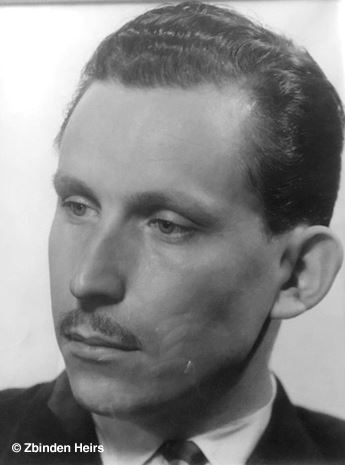 Julien-François Zbinden was a great improviser on the piano and accompanist to international vedettes. Zbinden was a pupil in Lausanne of pianist Marie Panthès and later of his friend René Gerber. From the moment of his coup de foudre, at the age of 15, with jazz music, his career was divided: he continued to compose classical music, influenced by the aesthetics of Stravinsky, Ravel and Honegger, but at the same time continued to work as a jazz improviser, as a ‘bar pianist’ (according to his definition) and later as a pianist and producer for the Lausanne radio station.
Julien-François Zbinden was a great improviser on the piano and accompanist to international vedettes. Zbinden was a pupil in Lausanne of pianist Marie Panthès and later of his friend René Gerber. From the moment of his coup de foudre, at the age of 15, with jazz music, his career was divided: he continued to compose classical music, influenced by the aesthetics of Stravinsky, Ravel and Honegger, but at the same time continued to work as a jazz improviser, as a ‘bar pianist’ (according to his definition) and later as a pianist and producer for the Lausanne radio station. Reviews
“The pieces are played with ravishing verve and much humour by the Viennese pianist Gottlieb Wallisch.” – Schweizer Musikzeitung
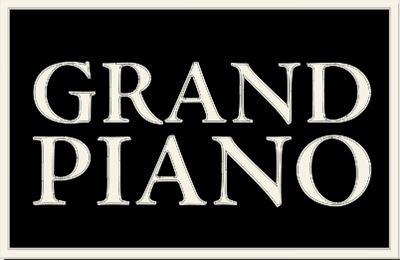
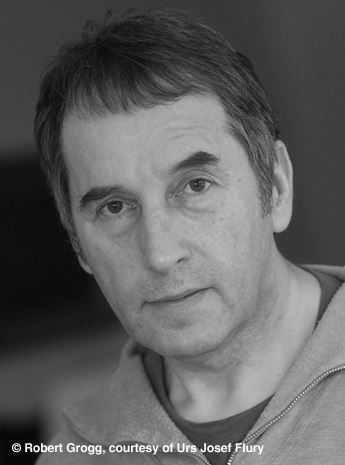
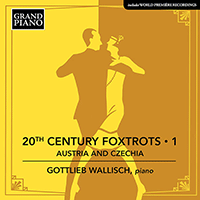
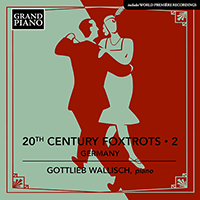
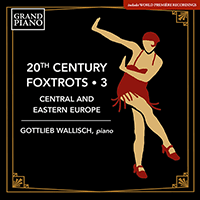
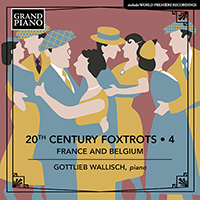
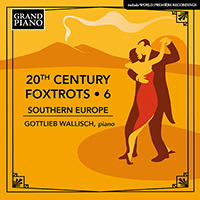
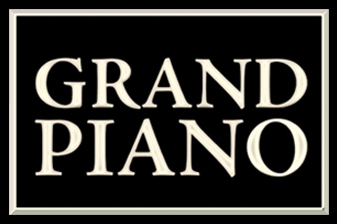 Grand Piano has gained a reputation for producing high quality recordings of rare keyboard gems. Dedicated to the exploration of undiscovered piano repertoire, the label specialises in complete cycles of piano works by many lesser-known composers, whose output might otherwise have remained unknown and unrecorded.
Grand Piano has gained a reputation for producing high quality recordings of rare keyboard gems. Dedicated to the exploration of undiscovered piano repertoire, the label specialises in complete cycles of piano works by many lesser-known composers, whose output might otherwise have remained unknown and unrecorded.






